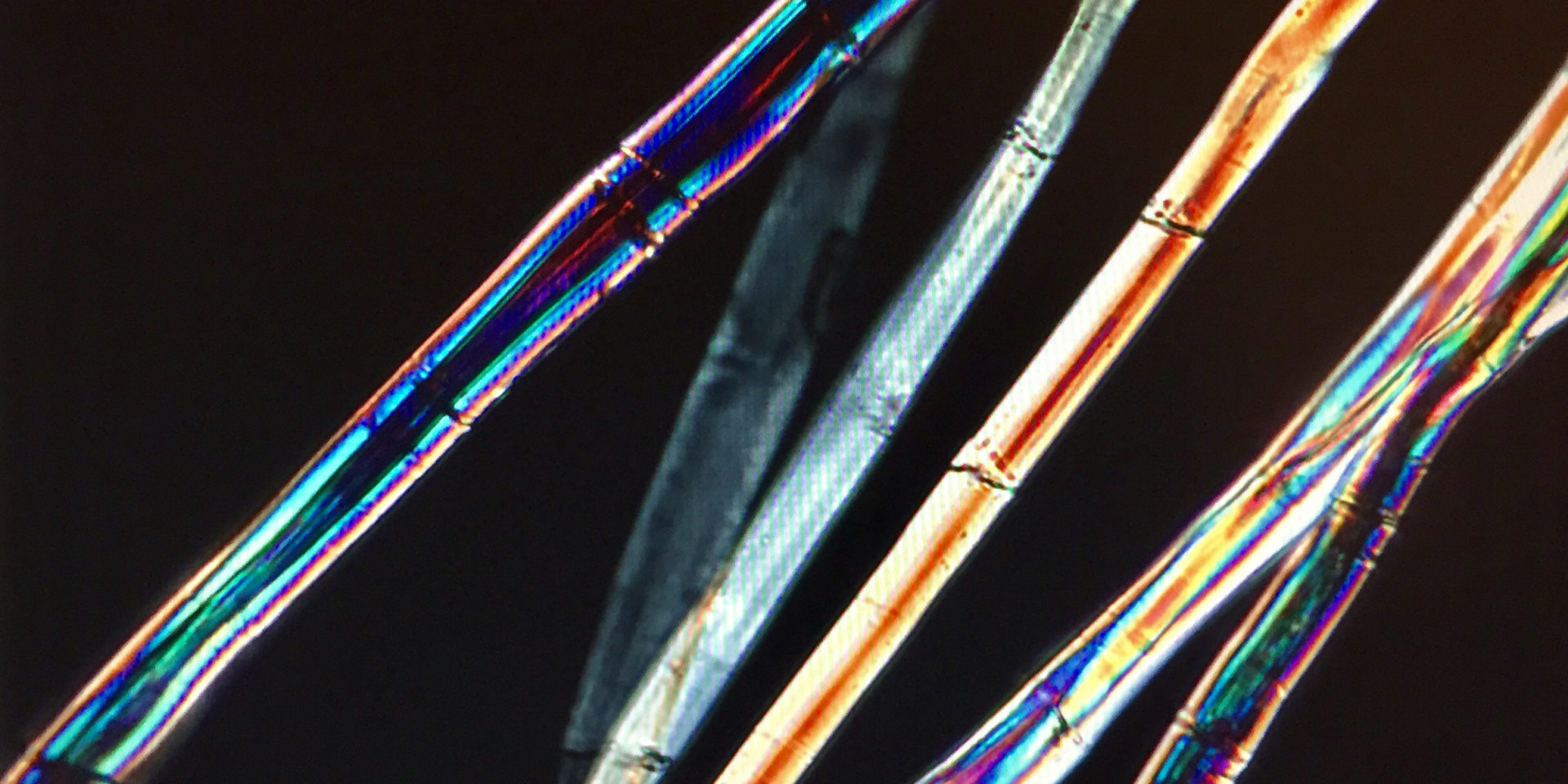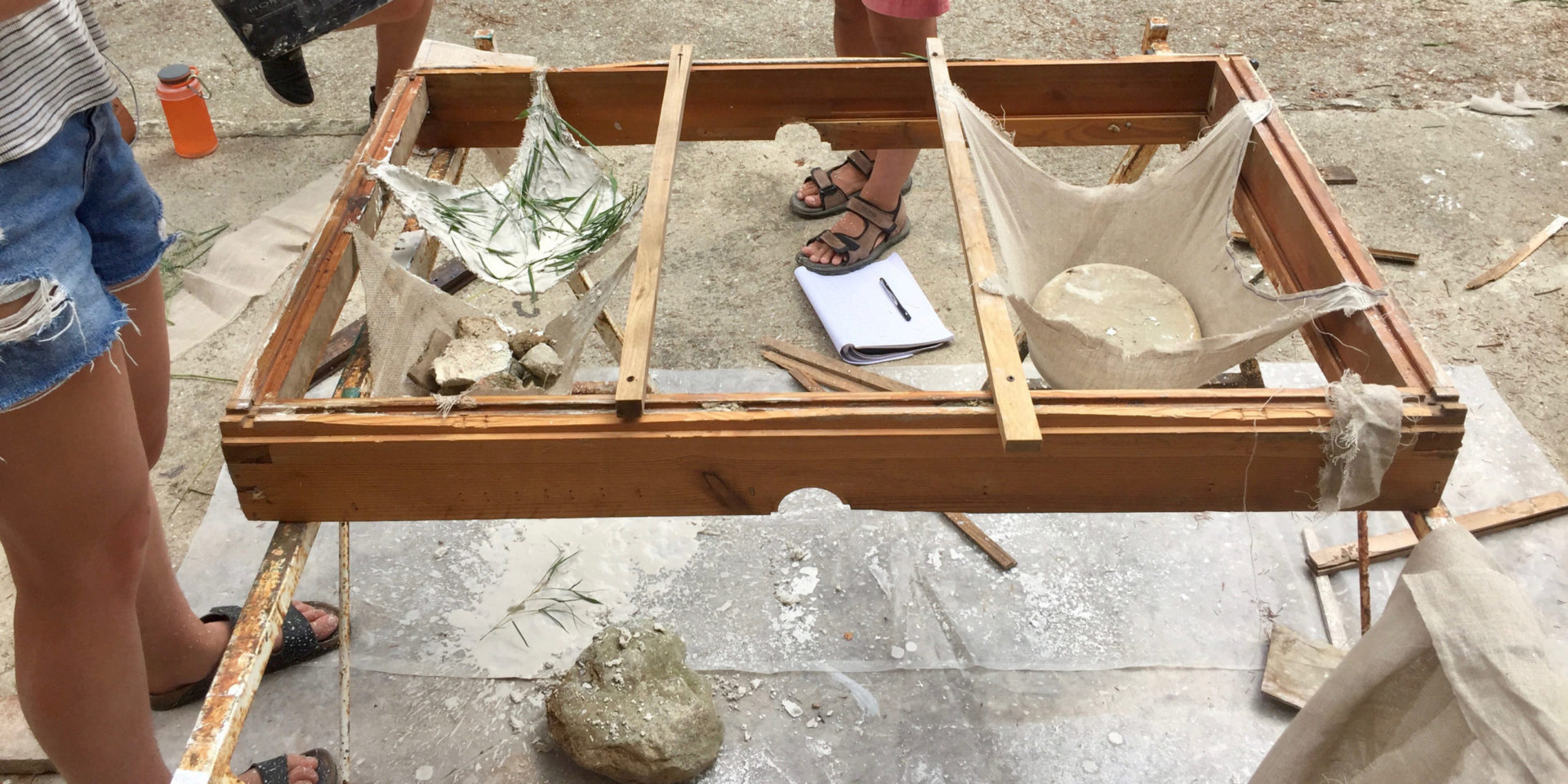ONE-MA3 – Day XVIII: Night at the Egyptian Museum…During the Day

By Sophia Mittman ’22
We all know the story of Night at the Museum, and many of us can admit to fantasizing when we were younger about what might happen if artifacts of figurines and mummies came alive in museums when no one was watching. Well, at the Museo Egizio in Turin, history actually does come to life, thanks to the inclusion of technology, sciences, and engineering within its exhibits. We started with a general tour of the museum inside of a gorgeous set of buildings that used to be a boarding school. From the moment we entered into the Museo Egizio, we seemed to step back in time thousands of years ago to the sandy lands of Egypt where countless stone statues, and pieces of papyrus lined the walkways. This museum contains the second largest collection of Egyptian artifacts in the world, second only to the museum in Cairo. Consequently, we were blown away by the sheer scale of the collection, but most importantly, by how well every object had been preserved for us to admire and learn from today.

Egyptian papyrus scroll
Some of my favorite groups of artifacts were the Egyptian pottery and wooden sarcophagi. I was amazed by the fact that the Egyptians knew about and took advantage of the structural durability of ceramics in their bowls, pots, and amphorae. As for the wooden sarcophagi, I actually never knew that wood was a material used by the Egyptians, I had only ever seen coffins made from stone. Not only was I surprised to see wood, but I couldn’t believe that it had been preserved so well for thousands of years. So, we had a scientific conversation about this topic, and now it all makes sense. Egypt is a dry desert where artifacts are buried underground in tombs and protected from sunlight, wind, and rain. Because of this dry and secure environment, many wooden artifacts, along with tempera paintings on the artifacts, have remained in great condition for centuries. This can be compared to the aqueducts and frescoes which we’ve examined, that have been exposed to these harsh elements for hundreds of years and are quickly degrading. Today, now that many of the Egyptian artifacts are out of the tombs, we run into the same challenge of finding ways to keep those pieces of cultural heritage from degrading so that humanity can continue to learn from them.

Wooden sarcophagi
The grande finale of the tour was “Archeologia Invisible,” an augmented reality exhibition whose collaborators and creators, to our delight, include those who have been teaching us: Gianfranco Quaranta, Roberto Scalesse, and Marco Nicola from Area 3 and Professor Masic from CEE MIT! The exhibit was full of what we’ve been learning in ONE-MA3, especially when it comes to photogrammetry and Egyptian blue. It was simply incredible to see how much technology can enhance the entire museum experience. For example, a completely wrapped mummy was on display. Of course, a skeleton was inside of the shell of wrappings, but the museum had never opened the wrappings. Instead, they showed exactly what the human remains look like inside of the mummy with the use of X-rays. On the side of the display case was a rotating digital 3D model of the skeleton inside and proved that the mummy was wearing ornate jewelry, which was 3D printed and displayed nearby. That same day, we had been told all about how archeology, even though we can learn from it, is only destructive to the artifacts it relates to. But, in this exhibit and in the entire museum in general, it was incredible to realize that it is indeed possible to preserve that cultural heritage with the use of technology.

3D model of the mummy in the “Archeologia Invisible” exhibition
After the museum tour, we then sat down in a conference hall where we listened to various lectures that ranged in topic from mortars and pigments, to archeological museums in general. With such interesting information coming from many incredible people, it was impossible not to be inspired by the lectures. Professor Masic reaffirmed the history and significance of ancient materials while emphasizing Roman concrete and its potential benefits in today’s world. Marco Nicola gave us our first official run-down of Egyptian blue, a blue pigment that retains fluorescent properties and is the oldest synthetic pigment ever made. Max Kessler and Linda Seymour from the Masic Lab at MIT described more types of research that is currently being done on the wondrous Egyptian blue, such as its potential applications in forensics, medicine, and solar panels. We also learned a great deal about a field that I had never heard about, but basically summarizes what we have been doing in ONE-MA3: archaeometry, which uses physics, chemistry, math, and technology to study archeological materials and artifacts. All of the lectures ended up feeding our imagination and thoughts of what we can do with archaeometry when it comes to learning, preserving, and sharing ancient artifacts with the world.

Egyptian blue pigment on display (Made by Chemist from the University of Turin Marco Nicola!)
Share on Bluesky


